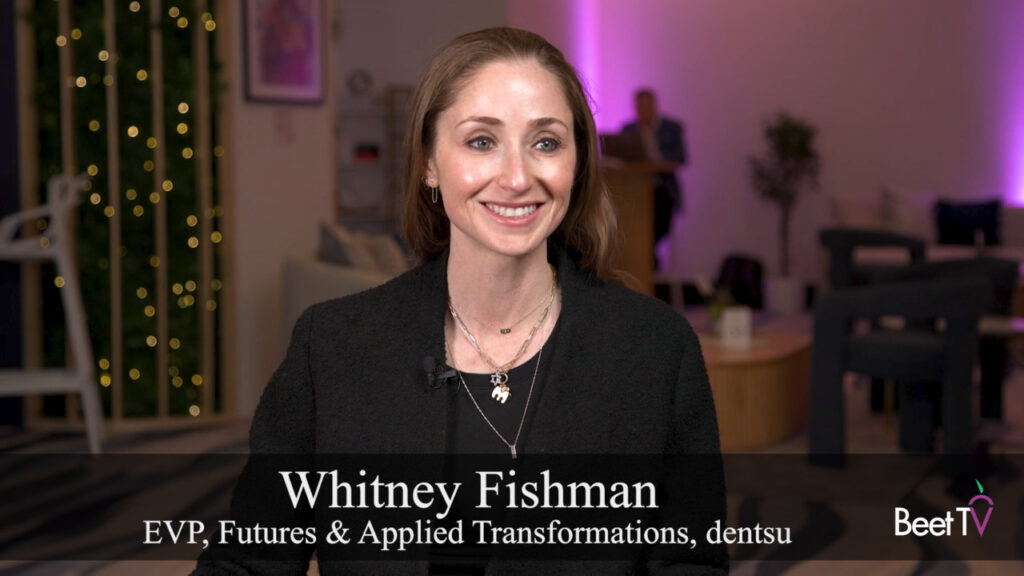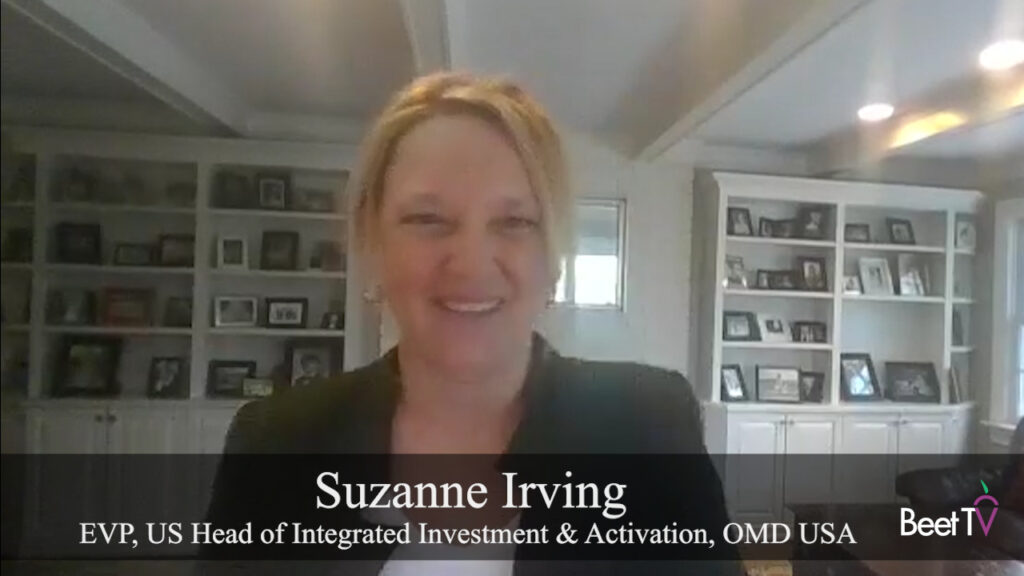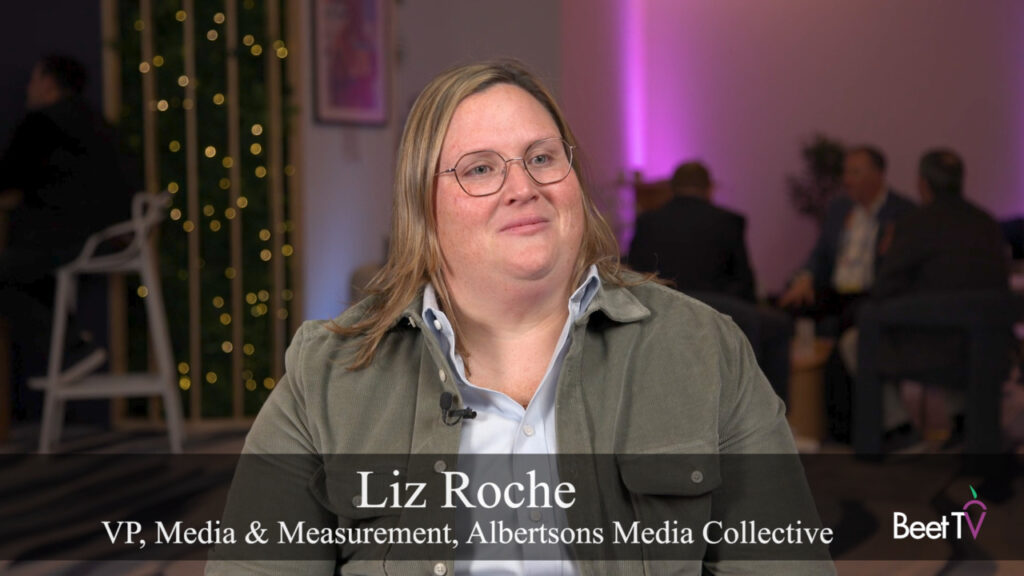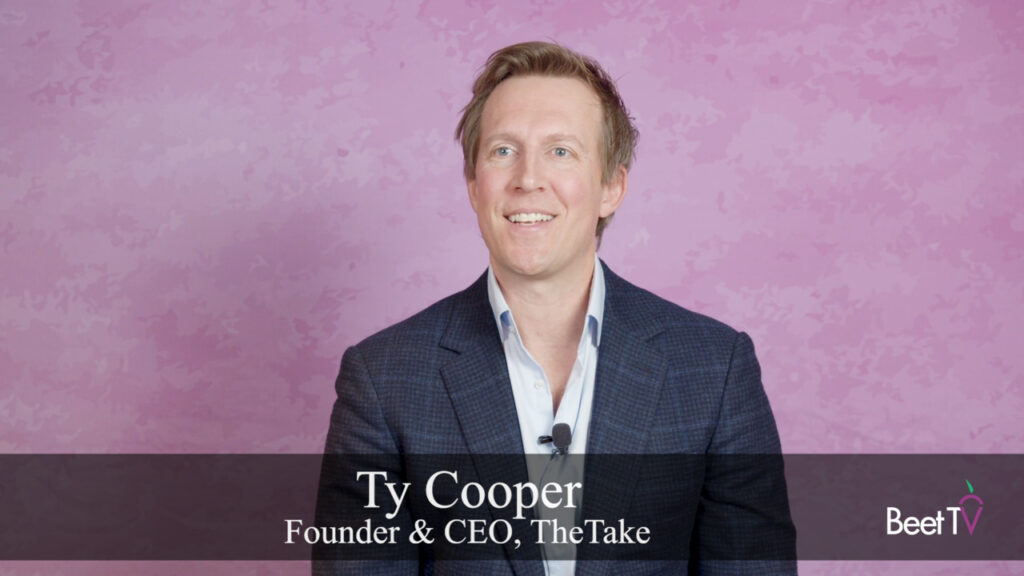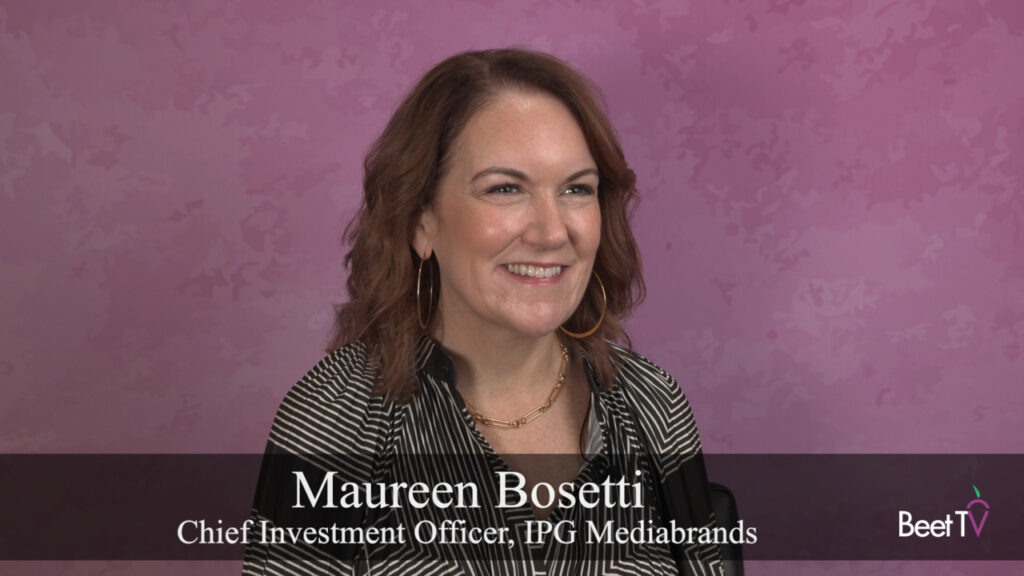The rapid shift in people’s television viewing habits in the past couple of years has escalated demands for more accurate measurement of that activity. Marketers and media companies seek an advertising currency to set a value for viewership of traditional linear television and newer streaming services.
“The investment behind linear still remains quite high compared to where consumer viewership is actually happening,” Megan Jones, executive vice president and head of media at agency Digitas North America, said in this interview with Beet.TV.
“When you look at the percentage of brand spending against that world versus linear, it’s out of whack, it’s out of balance,” she said. “That will change, but it’s not sort of picking up the pace at the same rate that the viewership is increasing.”
Evaluating Ad Currencies
Developing measurement methods that show the value exchange between advertisers and media companies in their efforts to engage consumers requires the participation of multiple industries. Media buyers want a place at the negotiating table.
“I’m encouraged by the conversations that have been happening,” Jones said. “Collaboration is really critical to getting to a place where there is an identified currency, multi-currency. Brands and advertisers — both agencies as well as the advertisers themselves — should be involved in that conversation. Those are the teams that need to be aligned on how to value a video impression, how to value a business outcome.”
Collaboration of Broadcasters
Parts of the media landscape have become “walled gardens” that jealously guard their data about their viewers. These media siloes make it more difficult for advertisers to know whether their campaigns are reaching the right consumers. Marketers want better ways to compare media outlets including broadcast networks.
“The opportunity for the networks is to really think about how a set of metrics and a way of measuring is consistent,” Jones said. “There’s always the risk that if individual networks come to the table and decide their measurement partner — the specific kind of currency they’re going to trade on — that that won’t be consistently adopted.”
Changing Consumer Habits
Amid the changes in people’s media consumption habits, Jones sees a need for advertising that has the power to engage them.
“There’s an opportunity for greater innovation in terms of what traditionally was an ad unit,” she said. “ We need to think about how those advertisements in the traditional sense are redefined, reimagined, so that we really are kind of connecting with those consumers in ways that feel meaningful and ultimately deliver on those outcomes our clients care about.”
CES Themes and Future of Media
The Consumer Electronics Show offers a glimpse of many gadgets that people can expect to see this year. It’s also a chance to share ideas about the future of brand marketing.
“Some of the themes that our team took away from CES was the responsibility of brands. How do we contribute to the world, how do we think about being a responsible advertiser?” Jones said. “The expectation today of consumers is that some way somehow the investment that brands are making from a marketing standpoint is actually also doing well for the world.”
You are watching “Advertising Transformation: What’s Next for Converged TV and Video,” a Beet.TV Virtual Leadership Summit presented by Mediaocean. For more videos, please visit this page.


























